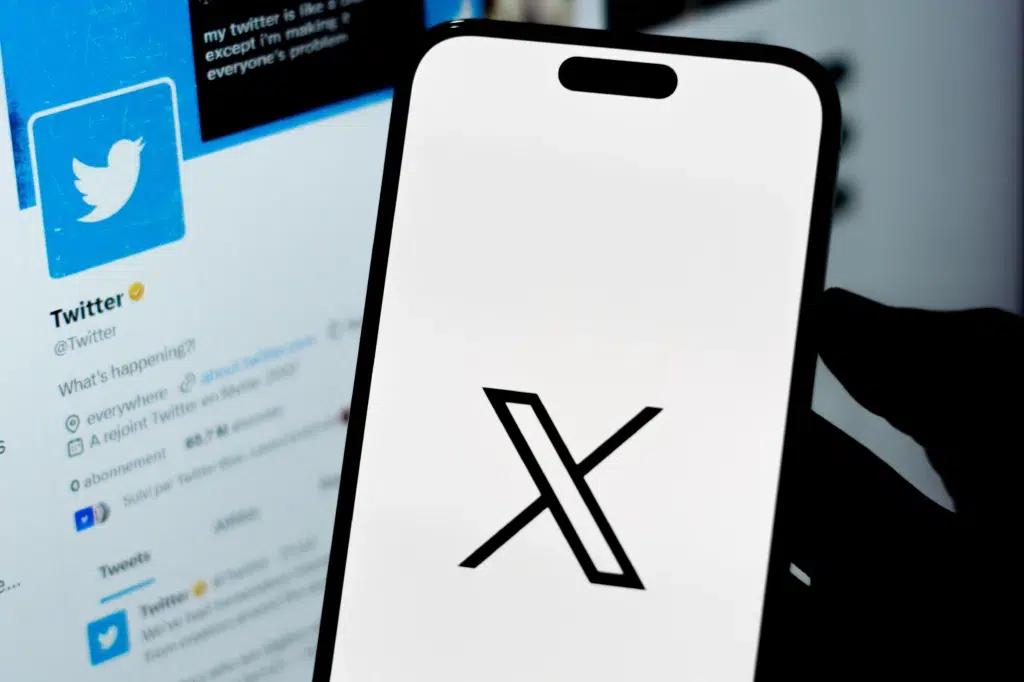Late last year, JGPR warned its clients that Twitter/X, facing significant upheaval and uncertainty, may no longer be counted on as a first choice platform for public information officers (PIOs) interacting with and informing their communities.
We have long warned that owned media channels, like police and fire department websites, should be considered first, even before social media. We even discuss this concept in our basic PIO social media training classes here at JGPR Academy.
We can’t even totally blame Elon Musk’s policies. The modern concerns about Twitter/X reflect broader trends in social media usage, changes in public engagement, and shifts in the digital communication landscape fed by a rise in disinformation/troll arms, low quality online news content, and lack of public trust in news obtained on social media.
We’ve seen users flocking to other platforms, including LinkedIn, since the drama began on Twitter. We had largely felt that LinkedIn had plateaued as a social engagement platform, but professionals don’t like instability, and they have flocked to LinkedIn, longing for something familiar.
That’s all fine and dandy, but Twitter/X (We’ll never stop using the word Twitter) remains a huge social media network with billions of daily impressions. While we can’t count on it, we certainly should not shut down our agency Twitter/X accounts and abandon it entirely.
Here are five ways the platform remains viable today for PIOs:

- Audience Reach: Twitter/X continues to be one of the largest social media platforms with a broad, diverse worldwide user base. This makes it an invaluable tool for reaching a wide audience quickly and effectively during emergencies. Even if some people have left the platform, ample anecdotal evidence that journalists are still checking their feeds on a regular basis. That, alone, is enough reason for a PIO to keep broadcasting their news there.
- Real-Time Communication: The platform’s real-time nature is particularly beneficial for PIOs, especially during emergencies or critical events where timely updates are crucial. It allows for instant dissemination of information, enabling PIOs to manage and correct misinformation promptly. Facebook never had this. Twitter’s feed has always been a superior chronological tool for posting news and — importantly — multiple updates on a public safety incident.
- Engagement and Interaction: Twitter/X still provides a direct line of communication between PIOs and the public. It facilitates two-way communication, allowing PIOs to engage with the community, answer questions, and receive feedback.
- Networking and Collaboration: Twitter/X remains a valuable space for networking, especially with journalists.
- Monitoring and Listening: PIOs use Twitter/X to monitor public sentiment and trends related to their agency or relevant topics. This can help in shaping communication strategies and responding to concerns more effectively. Let’s face it, hashtags are still king.
Questioning of X’s relevance is just part of a broader conversation about the best practices for digital communication in the modern era (post COVID, fake-news, etc.) PIOs should continuously evaluate the effectiveness of their communication channels to ensure they are reaching and engaging their audiences in the most effective way possible. It’s yet another thing we PIOs have in common with corporate PR pros: Measurement and evaluation, constantly!
